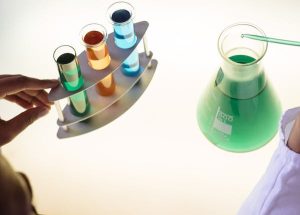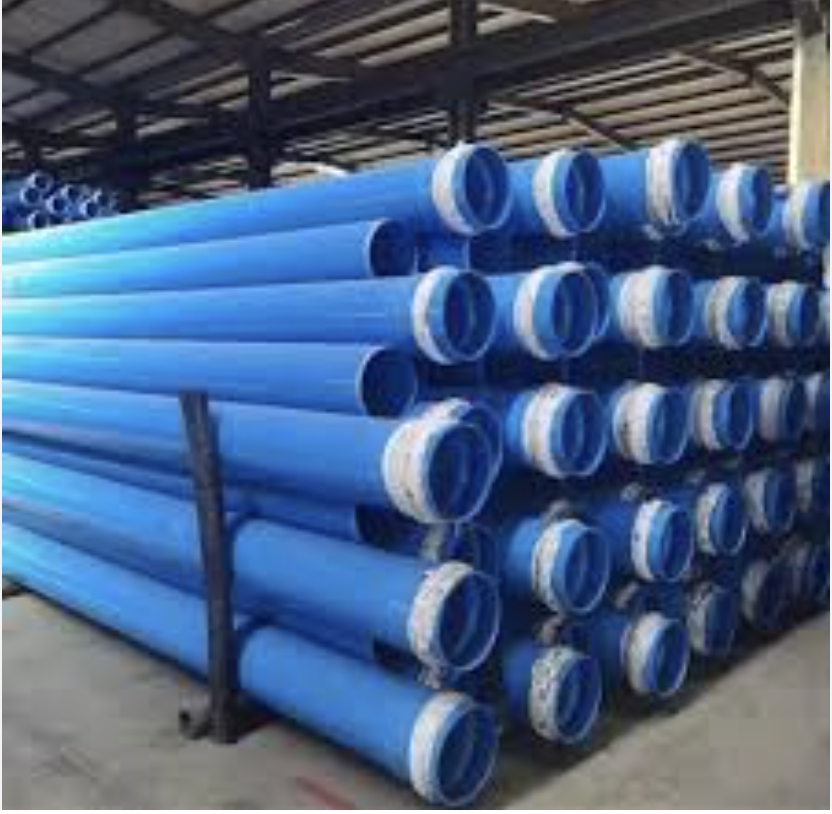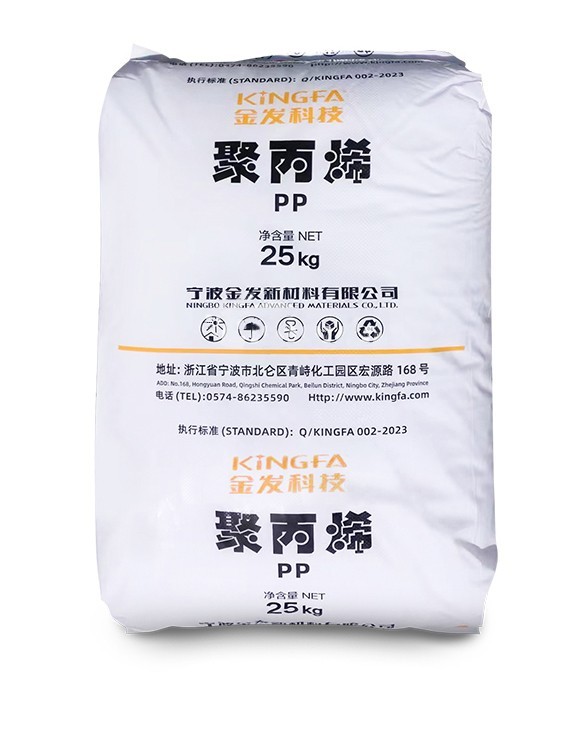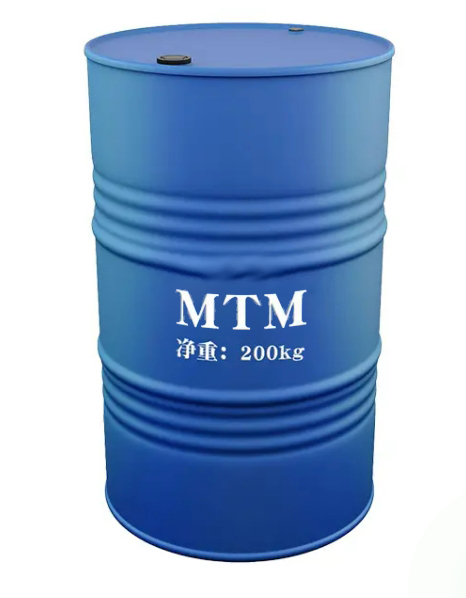Titanium chloride, also known as titanium tetrachloride, is an inorganic compound with the chemical formula TiCl 4. It is mainly used to prepare titanium sponge and titanium dioxide, and can also be used as a catalyst.

structure #
Titanium tetrachloride is a colorless and dense liquid. When the sample is impure, it is often yellow or reddish brown. Similar to vanadium tetrachloride, it is one of the few transition metal chlorides that is liquid at room temperature. Its low melting and boiling point is related to weak intermolecular forces. Most metal chlorides are polymers containing metal atoms connected by chlorine bridges. However, the intermolecular forces of titanium tetrachloride are mainly weak van der Waals forces, so the melting and boiling points are not high.
The TiCl 4 molecule has a tetrahedral structure, and each Ti 4+ is connected to four ligands Cl − . Ti has the same number of electrons as the rare gas argon and has a closed-shell structure. Therefore, the titanium tetrachloride molecule has a regular tetrahedral structure and has a high degree of symmetry.
TiCl 4 is soluble in non-polar toluene and chlorinated hydrocarbons. Studies have shown that dissolution in certain aromatic hydrocarbons involves the formation of complexes similar to [(C 6 R 6 )TiCl 3 ] + . Titanium tetrachloride can react exothermically with Lewis base solvents (such as THF) to form a six-coordinated adduct. For larger ligands, the product is five-coordinated TiCl 4 L.
In addition to releasing corrosive hydrogen chloride, titanium oxides and oxychlorides are formed when TiCl 4 is stored , which can stick to used stoppers and syringes.
Physical and chemical properties #
Density: 1.726g/cm 3
Melting point: -25℃
Boiling point: 135-136℃
Refractive index: 1.61
Critical temperature: 358℃
Critical pressure: 4.66MPa
Saturated vapor pressure: 1.33kPa (21.3℃)
Appearance: colorless or slightly yellow liquid
Solubility: soluble in cold water, ethanol, dilute hydrochloric acid
use #
It is mainly used to prepare titanium sponge and titanium dioxide, and can also be used as a catalyst.
Emergency treatment #
Accidental leakage measures
#
Evacuate personnel in the leaked contaminated area to a safe area and prohibit unrelated personnel from entering the contaminated area. It is recommended that emergency responders wear positive-pressure self-contained breathing apparatus and chemical protective clothing. Do not come into direct contact with the leakage, and plug the leakage when it is safe to do so. Spray water mist to slow evaporation (or spread), but do not spray water directly on the leak or leak point. Sprinkle soda ash on the floor, rinse with plenty of water, and put the diluted wash water into the wastewater system. If there is a large amount of leakage, it is best not to treat it with water and clean it up under the guidance of technicians.
Protective measures
#
Respiratory protection: Wear a respirator when exposed to vapor. Wear a gas mask if necessary.
Eye protection: Wear chemical safety glasses.
Protective clothing: Wear overalls (made of anti-corrosion materials).
Hand protection: Wear rubber gloves.
Others: After work, shower and change clothes. Store poison-contaminated clothing separately and launder before use. Maintain good hygiene habits.
first-aid
#
Skin contact: Wipe away the poison with soft paper or cotton as soon as possible, then rinse thoroughly with water. If burns occur, seek medical attention.
Eye contact: Immediately lift eyelids and rinse with running water for 10 minutes or rinse with 2% sodium bicarbonate solution. Seek medical attention.
Inhalation: Move quickly to fresh air. Keep your airway open. Give oxygen if breathing is difficult. Give 2-4% sodium bicarbonate solution for aerosol inhalation. Seek medical attention.
Ingestion: Rinse mouth immediately when the patient is awake and give milk or egg white to drink. Get medical attention immediately.






 September 3, 2024
September 3, 2024 










